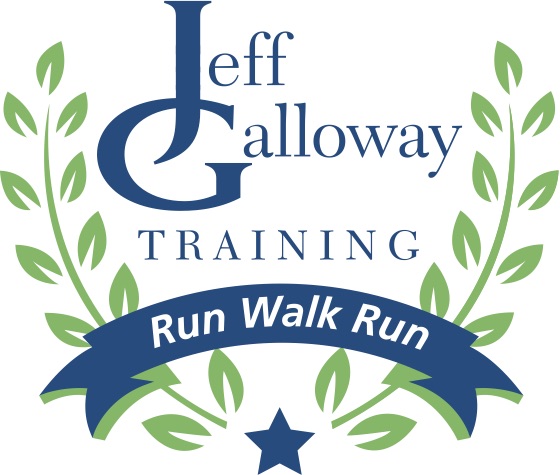All about that pace – – –
Q: What ratio do I need to use to run 10 minutes per mile?
A: You’re asking the wrong question.
There is a common misunderstanding about Jeff Galloway’s Run-Walk-Run method that a particular ratio will result in a specific pace on race day. The truth is that it’s the other way around: the pace you decide to run should determine the ratio you decide to use. Of course, it’s a bit more complicated than that, so let’s look at an example.
First, start with a Magic Mile (see jeffgalloway.com/training/magic-mile if you need to brush up on that). If your Magic Mile is around 8:20, your predicted pace per mile for a half-marathon is 10:00 (notwithstanding weather conditions, hilly courses, illness, nutrition issues, etc.). If your MM is significantly slower than that, no run/walk strategy is going to make you faster overnight. You need to put in the long runs, tempo runs, speed work, and drill runs to get in faster shape. Test yourself with a new MM every month or 6 weeks until you see a time that puts your prediction close to your goal.
Now that you know your goal pace for the race, you can set your workout paces and choose your ratios. That 10:00/mi pace will be used for Tempo Runs. (Jeff calls them Race Rehearsals.) After a gentle warm-up, run for a few minutes at race pace using a run/walk ratio that allows you to recover during the walks and avoid huffing and puffing during the runs. The chart on the Magic Mile page referenced above suggests 90 seconds run / 30 seconds walk, 60 seconds run / 30 seconds walk, and a few other options. The 90/30 option is neither better nor more advanced than the 60/30 option just because there is more running between walk breaks. Choosing 90/30 just means you will be running a bit slower between walk breaks but taking them less often. Choosing 60/30 means you will be running a bit faster between walk breaks but taking them more often. One choice will feel better to some people while the other choice will feel better to others. It’s important to try out both options, as well as any others that you think might work for you. Each week throughout training, try out a new option until you find the one you think works for that pace. Then use that tried and true run/walk strategy in the race itself.
“Okay, but what if I want to get faster in the race? Can’t I just change up the ratio to go faster?” I hear you ask. Nope, changing the ratio on race day won’t instantly change the kind of shape you are in, and that – your overall shape and fitness based on the training you’ve done – is what determines how fast you’ll be able to go on race day.
The other paces and ratios you should consider in your training are your long run pace (2 minutes per mile slower than predicted race pace) and speed work pace (30 seconds per mile faster than predicted race pace). Each of these paces has its own recommended run/walk strategies (see that MM chart again), and each one should be tried out to see what feels best for that pace.
The last two things to keep in mind are the length of the walk break and adjusting for heat.
Jeff Galloway’s research and experience coaching and advising almost half a million runners over his career led him to revise his run/walk strategy recommendations in 2015, standardizing the walk breaks for most runners at 30 seconds. Except in the case of those doing more walking than running, walk breaks longer than 30 seconds actually appeared to slow runners down toward the end of long runs, not as much as running without walk breaks would have, but enough that limiting the walk to 30 seconds and finding the right run segment that feels comfortable are the current recommendations. As for adjusting for heat, all run times, be they long runs or tempo runs, should be adjusted 30 seconds slower for every 5 degrees F above 60F. Ignoring this “Hot Weather Slowdown” advice poses serious health risks.
The bottom line is that it’s all about that pace. Pick a pace that your Magic Mile and the weather conditions tell you is right for you, and then choose a run/walk ratio that feels good with that pace. Oh, and remember to smile. If you aren’t smiling when you run, at least on the inside, you’re doing it wrong.
Chris Twiggs
Chief Training Officer
Galloway Training
Jeff Galloway Resources: www.jeffgalloway.com Visit the E-Shop where you will find “Jeff Galloway: Training Programs” and other books for your running library. You will also find training tips, training groups, running retreats and more.
Join us in Atlanta for the 2017 Jeff Galloway Race Weekend! To register or find out more information on the JG 13.1, The Double G, Barb’s 5K, Fit Kids Run and other weekend events go to: https://jeffgalloway131.com
